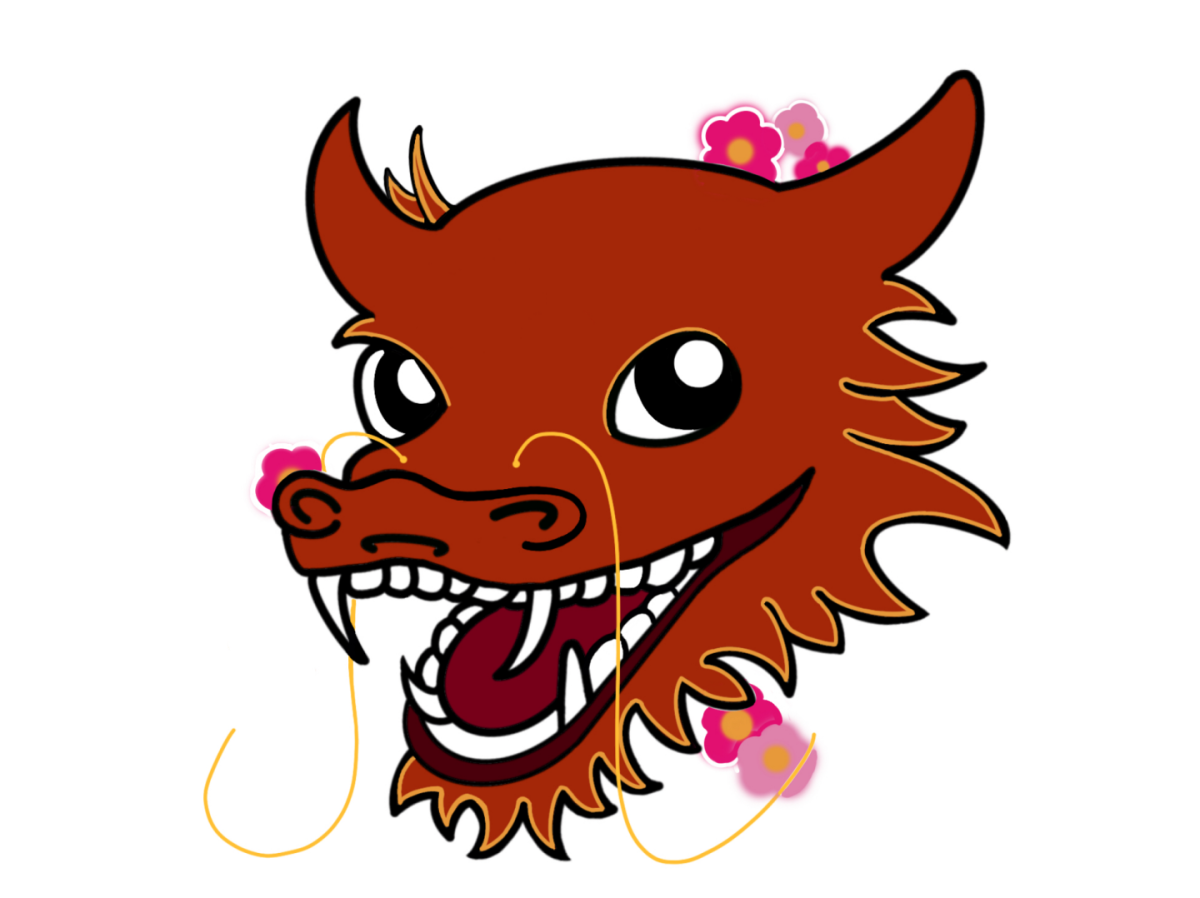It’s a festivity marking the first new moon in the lunar calendar, a time for new beginnings, welcoming the spring and honoring one’s ancestors; the Lunar New Year is seen as one of the most important celebrations among East and South Asian communities.
While Lunar New Year has been adopted in most countries for its inclusivity, it is often associated with Chinese New Year, Spring Festival and other holidays, typically occurring anywhere from Jan. 21 to Feb. 20 on the Gregorian calendar. Given that the lunar calendar is based on the cycles of the moon, the dates vary from year to year.
While most festivities typically last a day, Lunar New Year, depending on the culture, may take place over the course of several days, and in some countries, to conclude the holiday, they take part in the lantern festival, which symbolizes love and peace.
The 2024 Lunar New Year will begin Feb. 10 and, according to the Chinese zodiac, 2024 represents the year of the dragon. The last year of the dragon was in 2012. In many cultures, Lunar New Year is associated with one of the 12 animals from the zodiac: the rat, ox, tiger, rabbit, dragon, snake, horse, sheep, monkey, rooster, dog and pig. In many countries, the animals are the same but may vary. Each of the zodiac animals corresponds with an element, such as earth, fire, wood, metal and water, consisting of unique characteristics and cultural significance. For example, this year isn’t just the year of the dragon; it is the year of the wood dragon.
Traditions for this festivity are often centered around welcoming the new year, attracting good fortune, setting intentions for a prosperous and fulfilling year ahead and leaving the negative behind. Over thousands of years, many traditions have developed, and while traditions for Lunar New Year vary from culture to culture, each one is unique and immersive. Among the most common are cleaning the entire house to get rid of bad fortune from the past year, being warm and welcoming towards others and avoiding any sort of conflict, giving and receiving red envelopes containing money symbolizing good luck and prosperity and connecting with family, especially elders. No matter what culture is celebrating, often this is one of the most important traditions to take part in. So while people celebrate in several different ways, each tradition is centered around wishing everyone good fortune for the year to come.
Here at Tualatin High School, while this student doesn’t celebrate Lunar New Year, Naima Agboola shared what stands out to her the most about this festivity.
“I think the Lunar New Year is beautiful!” Agboola said. “It’s such a vibrant and festive celebration. The colorful decorations, delicious food and lion dances make it so exciting.”
This vibrant and joyous holiday provides a space for reflecting, embracing traditions and wishing for a prosperous future that allows for people to understand the significance of their cultural values and put them into practice.





